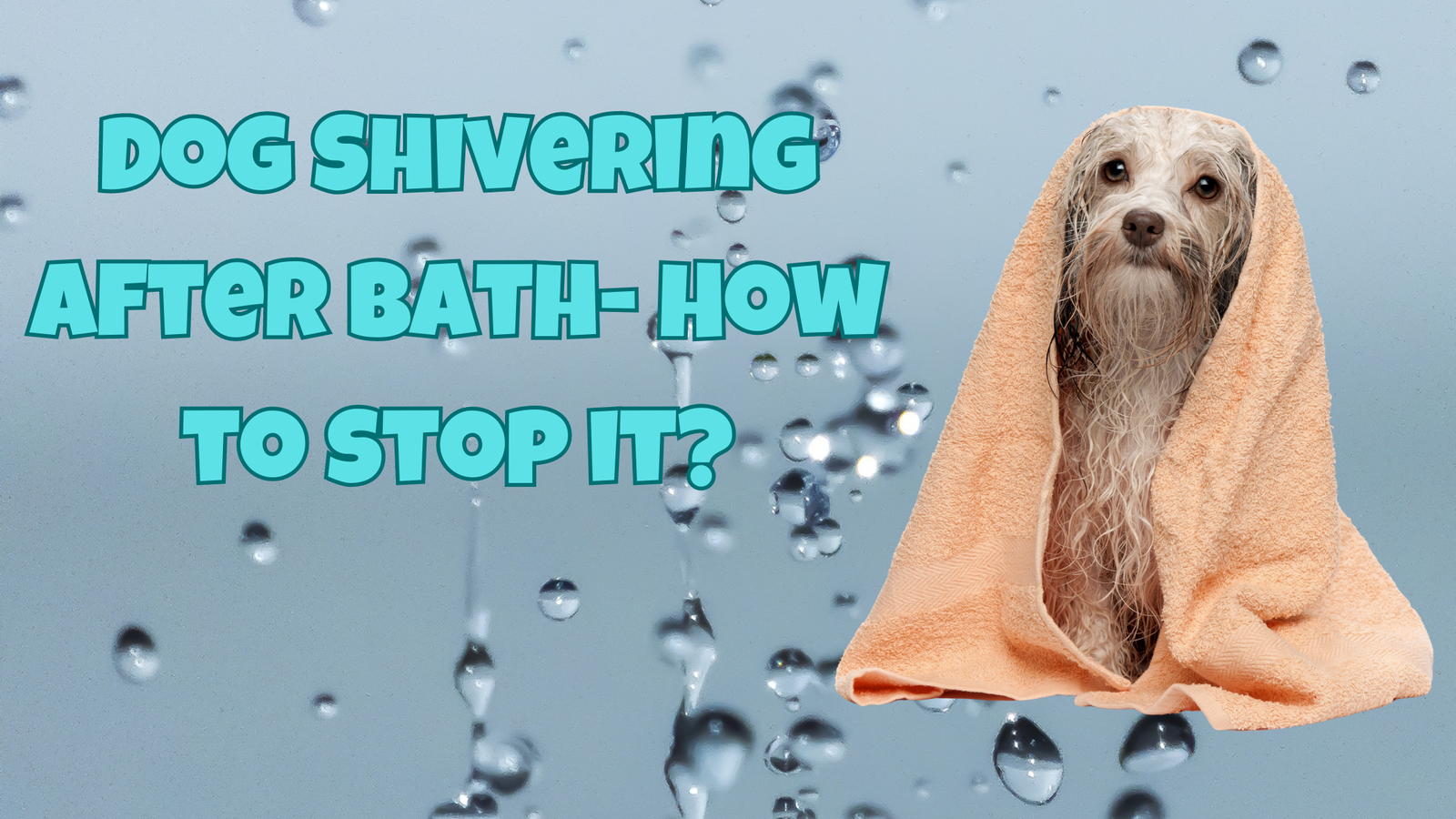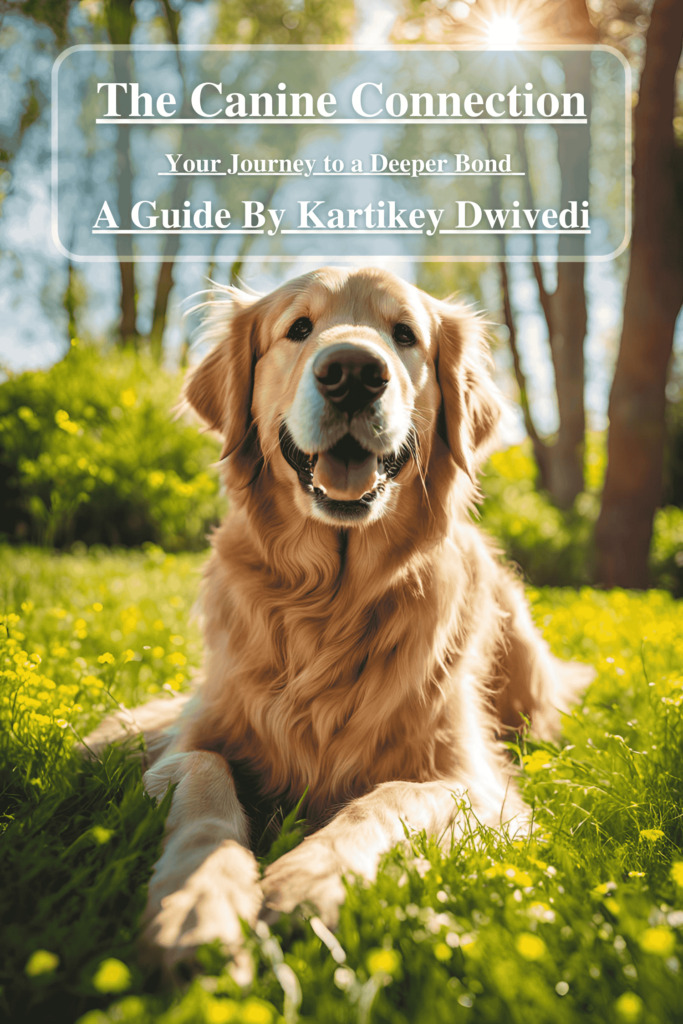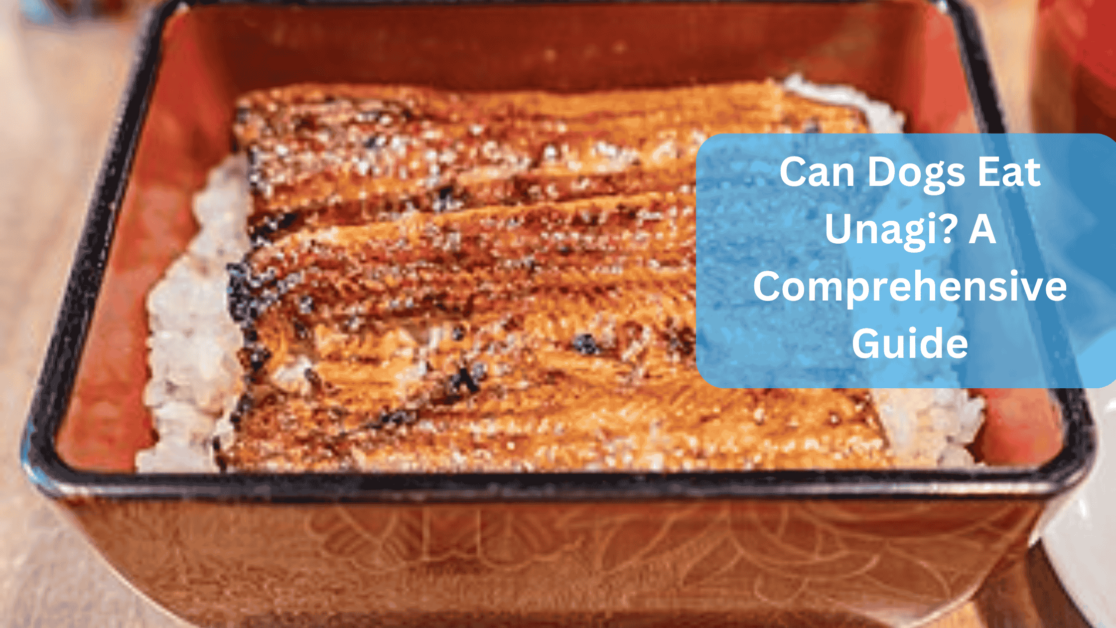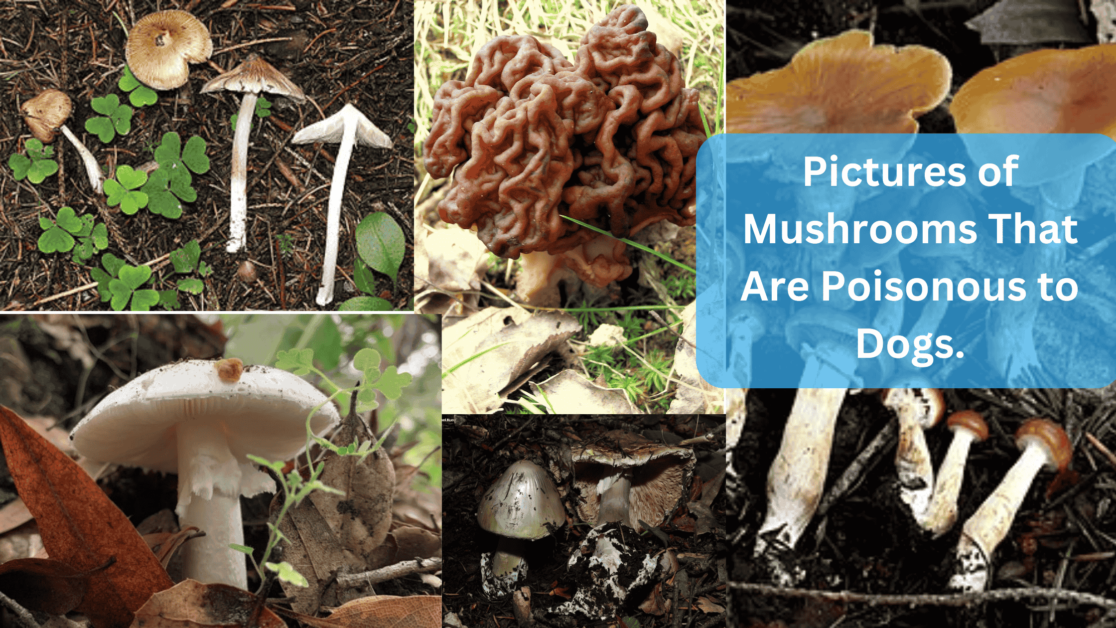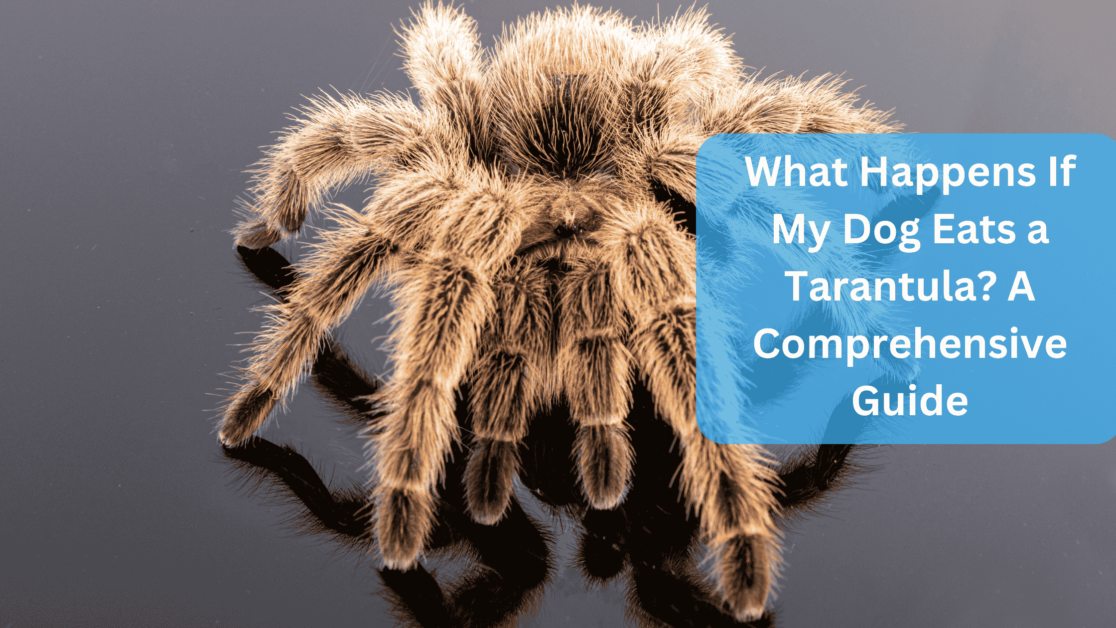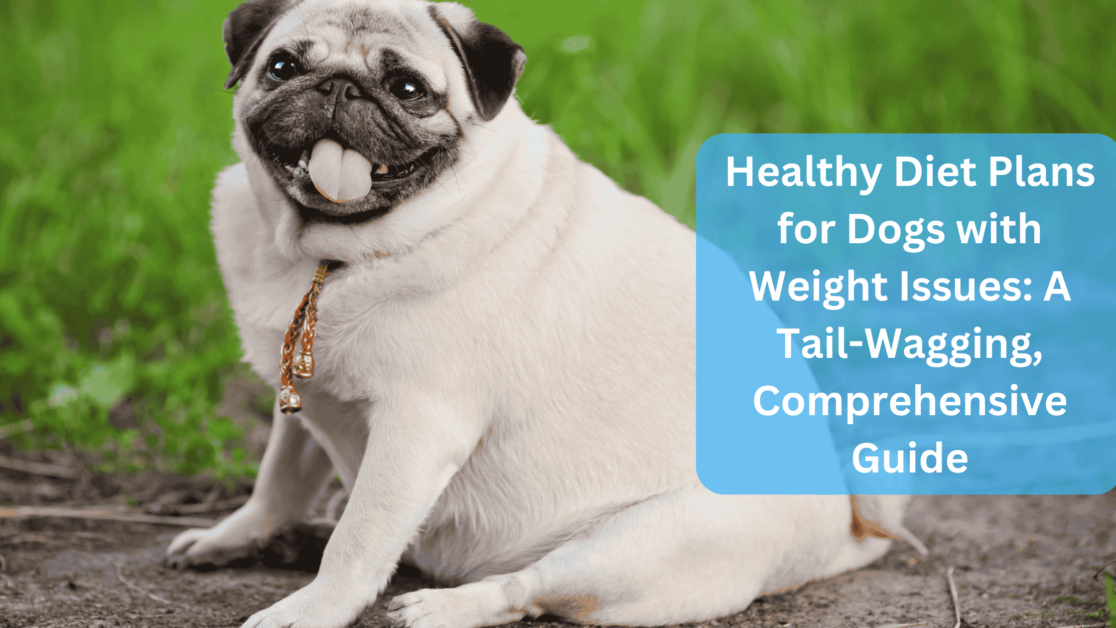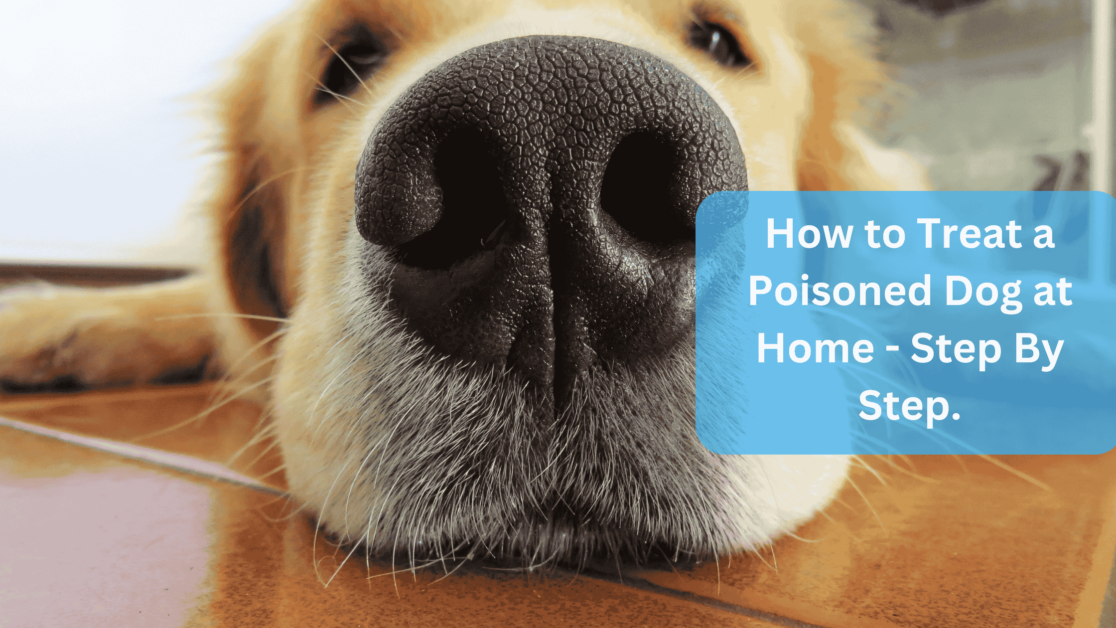Dog Shivering After Bath – Shivering is a common behavior observed in dogs after Bathing, and it can raise concerns for dog owners.
This comprehensive guide aims to provide valuable insights into why dogs shiver after a bath, the importance of understanding dog behavior, and an overview of dogs shivering after bathing.
Purpose of the Guide
This guide aims to educate dog owners about the reasons behind their dogs’ shivering behavior after Bathing.
By understanding the potential causes and implications of shivering, dog owners can take appropriate measures to ensure their pets’ well-being and comfort.
This guide will offer practical tips and strategies to prevent and address shivering episodes and guidance on when to seek veterinary care.
Importance of Understanding Dog Behavior
To effectively address any behavioral changes in dogs, including shivering after bathing, it is crucial to have a comprehensive understanding of dog behavior.
By recognizing normal behavior patterns, identifying signs of distress or anxiety, and interpreting canine body language, dog owners can better assess their pets’ well-being and respond appropriately to their needs.
Overview of Dog Shivering After Bathing
Shivering is a natural response exhibited by dogs following a bath, serving various purposes.
This section will explore the general phenomenon of dogs shivering after Bathing.
We will explore the potential causes, including cold temperature, wet fur, fear or anxiety, and underlying medical conditions.
By gaining a broad overview of the topic, readers will be better equipped to comprehend the subsequent sections, which will delve deeper into each case and provide practical solutions.
Please note that the subsequent sections will provide more detailed information on each topic discussed in the introduction, covering dog behavior, shivering causes, prevention strategies, and when to seek veterinary care.
Understanding Dog Behavior giving him a bath
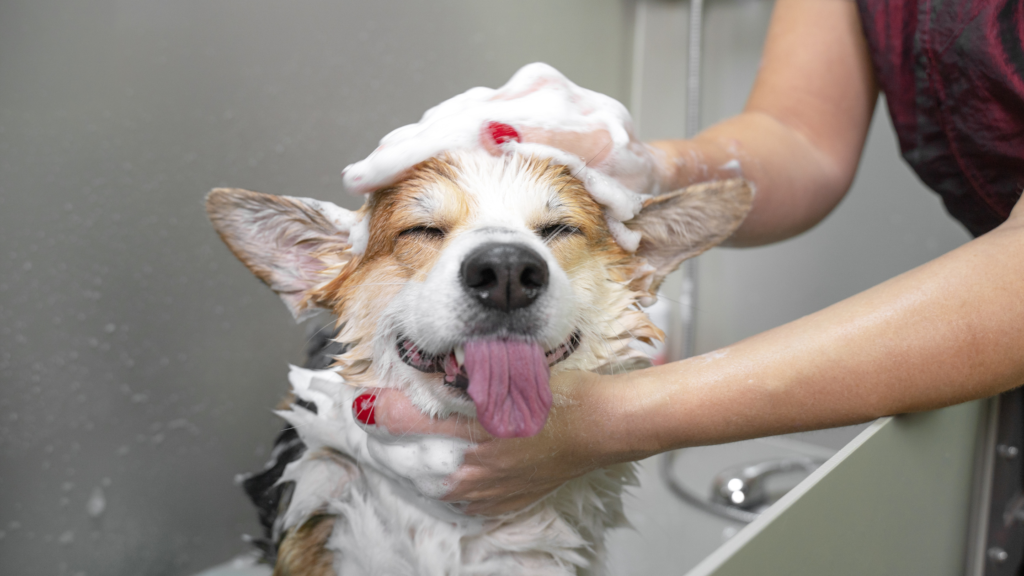
Understanding dog behavior is essential for comprehending why dogs exhibit certain behaviors, such as shivering after bathing.
In this section, we will explore normal dog behavior after Bathing and signs of distress or anxiety in dogs.
Normal Dog Behavior After Bathing
After a bath, dogs often engage in behaviors considered normal.
Understanding these behaviors can help differentiate between normal reactions and potential signs of distress.
The following are common behaviors observed in dogs after Bathing:
Grooming Behavior
Dogs have an innate instinct to groom themselves, similar to cats’.
After a bath, dogs may lick themselves, bite at their fur, or rub against objects to dry off and restore their fur’s natural oils.
Grooming behavior is a way for dogs to maintain cleanliness and comfort.
Shake-Off Behavior
Shaking off excess water is a natural behavior dogs exhibit after being wet.
Dogs vigorously shake their bodies, starting from their head and working their way to the tail to remove water from their fur.
This shake-off behavior helps dogs dry faster and regain their comfort.
Seeking Warmth and Comfort
Dogs often seek warmth and comfort after Bathing, especially when feeling chilly.
They may look for cozy spots, blankets, or their owners’ laps to snuggle into.
Seeking warmth is a natural response for dogs to regulate their body temperature and feel secure.
Signs of Distress or Anxiety in Dogs
While some shivering after a bath can be normal, it’s essential to recognize signs of distress or anxiety in dogs.
Understanding these signs can help determine if the shivering is due to underlying stress or discomfort.
The following are common signs of distress or anxiety in dogs:
Body Language Cues
Dogs communicate their emotions through body language.
Signs of distress or anxiety may include flattened ears, a tucked tail, tense body posture, excessive panting, pacing, or cowering.
These cues indicate that the dog is not comfortable or at ease.
Vocalizations and Whining
Dogs may vocalize their distress or anxiety through whining, whimpering, or excessive barking.
These vocalizations serve as communication, expressing their discomfort or seeking attention and reassurance.
Changes in Appetite or Sleep Patterns
A dog experiencing distress or anxiety may exhibit appetite or sleep patterns changes.
They may refuse food, eat less than usual, or have difficulty settling down and sleeping.
These changes in behavior can be indicative of underlying emotional or physical discomfort.
Understanding normal dog behavior after bathing and recognizing signs of distress or anxiety will enable dog owners to accurately assess their pets’ well-being.
Owners can provide appropriate care and address any issues by differentiating between normal behaviors and potential stress indicators.
Why is my dog Shivering after Bath? – Possible Causes of Shivering
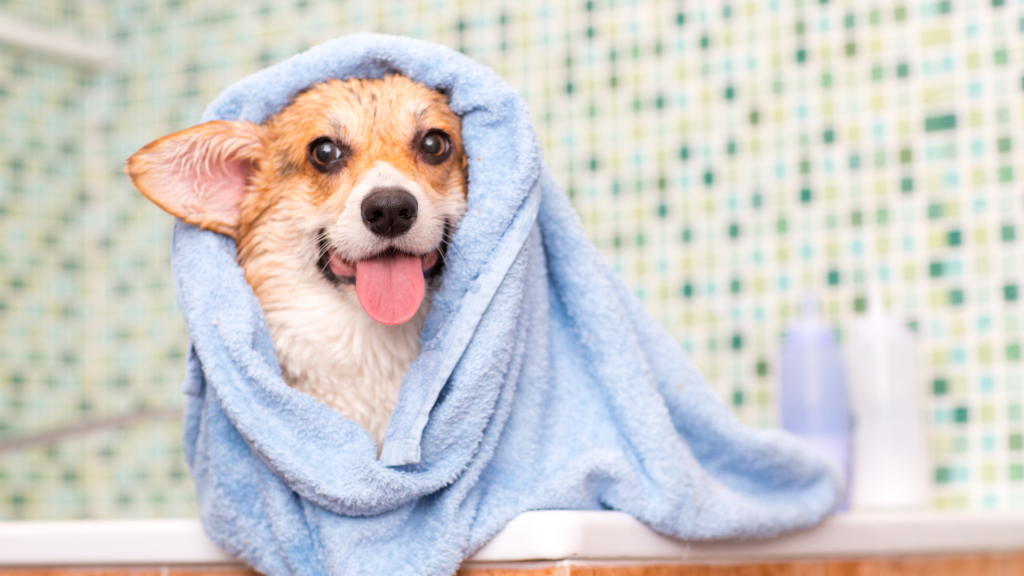
Shivering in dogs after Bathing can be attributed to various factors. This section will explore the possible causes of shivering and their implications for dogs’ well-being.
1. Cold Temperature
Hypothermia and its Symptoms
Exposure to cold water or a chilly environment can lead to hypothermia in dogs.
Hypothermia occurs when a dog’s body temperature drops below normal levels, causing shivering as a physiological response to generate heat.
Recognizing the symptoms of hypothermia, such as intense shivering, pale gums, lethargy, and decreased heart rate, is crucial for prompt intervention.
Ways to Keep Dogs Warm After Bathing
It is important to provide dogs with adequate warmth to prevent shivering due to cold temperatures.
This can be achieved by adjusting the room temperature, using warm towels or blankets, and providing heated pads or beds specifically designed for dogs.
These measures help maintain a comfortable body temperature and prevent excessive shivering.
2. Wet Fur
Effects of Wet Fur on Body Temperature
When a dog’s fur remains wet after Bathing, it can lead to a drop in body temperature.
Wet fur is less effective at insulating the body, making dogs more susceptible to the cold.
As a result, shivering may occur as a mechanism to generate heat and restore the dog’s normal body temperature.
Towel Drying Techniques
Proper towel-drying techniques are essential to remove excess moisture from a dog’s fur.
Gently rubbing the dog’s body with absorbent towels helps absorb the water and speeds up the drying process.
Paying extra attention to areas with thick furs, such as the chest and abdomen, ensures thorough drying and reduces the likelihood of shivering.
Importance of Proper Air Drying
After towel drying, allowing the dog to air dry completely is crucial.
Proper air drying ensures the dog’s fur is fully dry, minimizing the risk of continued shivering due to residual moisture.
It is important to provide a warm, draft-free environment during air-drying.
3. Fear or Anxiety
Bathing as a Stressor for Some Dogs
For some dogs, Bathing can be a stressful experience.
Fear or anxiety triggered by the bathing process may manifest as shivering.
Factors such as water-related phobias, past traumatic experiences, or unfamiliar environments can develop bathing anxiety in dogs.
Recognizing Fearful Behaviors
Observing a dog’s body language and behavior can help identify signs of fear or anxiety during Bathing.
These may include trembling, panting, attempts to escape, avoidance behaviors, or displaying a lowered body posture.
Recognizing these fearful behaviors is essential for addressing the underlying anxiety and reducing shivering.
Techniques for Reducing Bathing Anxiety
Various techniques can be employed to alleviate bathing anxiety and subsequently reduce shivering. These include:
- Gradually desensitizing the dog to the bathing process.
- Providing positive reinforcement.
- Using calming techniques such as gentle massage or aromatherapy.
- Seeking professional assistance from a qualified dog trainer or behaviorist.
4. Medical Conditions
Shivering after Bathing can also be associated with underlying medical conditions. Awareness of these conditions and their potential impact on a dog’s well-being is important.
5. Pain or Discomfort
Dogs experiencing pain or discomfort, such as muscle soreness or joint issues, may exhibit shivering as a response.
Pain-related shivering is a protective mechanism and may require veterinary attention to diagnose and address the underlying cause.
A thorough examination by a veterinarian can help identify any musculoskeletal issues or sources of pain, and appropriate treatment options can be pursued to alleviate the discomfort and reduce shivering.
6. Neurological Issues
Certain neurological conditions can contribute to shivering after bathing.
Neurological disorders affecting the central nervous system can disrupt normal motor control and coordination, leading to shivering or tremors.
If shivering persists or is accompanied by other neurological symptoms such as weakness, difficulty walking, or seizures, it is crucial to consult a veterinarian for a comprehensive evaluation and potential diagnostic tests.
7. Endocrine Disorders
Endocrine disorders like Hypothyroidism can impact a dog’s body temperature regulation and metabolism.
Dogs with Hypothyroidism may have a lower basal body temperature, making them more susceptible to feeling cold and shivering after bathing.
Blood tests and hormonal evaluations can help diagnose endocrine disorders, and appropriate treatment under veterinary guidance can help manage the condition and alleviate shivering.
8. Allergic Reactions
In some cases, shivering after Bathing can be associated with allergic reactions.
Dogs may develop skin allergies or sensitivities to specific grooming products, shampoos, or conditioners used during Bathing.
Allergic reactions can cause discomfort and trigger shivering as a response.
Identifying and avoiding allergens and seeking veterinary advice for suitable hypoallergenic grooming products can help prevent allergic reactions and minimize shivering.
It is essential to note that while this guide provides an overview of the possible causes of shivering after bathing, each dog is unique, and multiple factors can contribute to their individual response.
Monitoring the dog’s behavior, consulting with a veterinarian when necessary, and addressing any underlying issues are crucial steps in ensuring the well-being and comfort of dogs after bathing.
Preventing Shivering After Bathing
Taking preventive measures can help minimize shivering episodes in dogs after bathing.
This section will explore strategies to provide warmth, properly dry the dog, and reduce stress and anxiety associated with Bathing.
Providing Warmth
Adjusting the Room Temperature
Maintaining a warm environment prevents dogs from feeling cold after Bathing.
Ensure that the room where the Bathing takes place is comfortably warm.
Close windows or doors to minimize drafts, and consider using space heaters or radiators to maintain a consistent temperature.
Using Warm Towels or Blankets
Immediately after Bathing, wrap the dog in warm towels or blankets.
Place the towels in a dryer for a few minutes beforehand to ensure they are warm.
This will help retain the dog’s body heat, prevent shivering, and provide comfort and security.
Utilizing Heated Pads or Beds
Consider using heated pads or beds specifically designed for dogs.
These products provide a consistent and controlled source of warmth, ensuring that the dog remains cozy and comfortable after bathing.
Follow the manufacturer’s instructions for safe use and monitor the dog’s behavior while utilizing such products.
Drying the Dog Properly
Proper drying techniques are essential to remove excess moisture from the dog’s fur, minimizing the risk of shivering from wetness and cold temperatures.
Towel Drying Techniques
After rinsing, gently towel dry the dog by patting and rubbing its fur.
Use absorbent towels to remove as much moisture as possible.
Pay extra attention to areas with thick fur or skin folds, ensuring thorough drying to prevent prolonged wetness and subsequent shivering.
Blow Drying Tips and Cautionary Measures
If using a blow dryer, set it to a low heat setting and maintain a safe distance from the dog’s skin to avoid burns or discomfort.
Keep the airflow moving continuously and avoid focusing on one area for too long.
Regularly check the dryer’s temperature to ensure it remains at a safe and comfortable level for the dog.
Considerations for Different Coat Types
Different coat types may require specific drying approaches.
Dogs with short coats may benefit from quick towel drying.
In contrast, those with long or dense coats may need additional blow drying to reach the underlying layers of fur.
Consult a professional groomer or veterinarian for the appropriate drying techniques for your dog’s specific coat type.
Minimizing Stress and Anxiety
Reducing stress and anxiety associated with Bathing can help alleviate shivering episodes.
Creating a positive bathing environment and implementing desensitization and counterconditioning techniques are effective strategies.
Creating a Positive Bathing Environment
Make the bathing experience pleasant and positive for the dog.
Use treats, praise, and rewards to associate bath time with positive experiences. Play calming music or use aromatherapy to create a soothing atmosphere.
A non-slip mat in the bathing area can also help the dog feel secure and minimize anxiety.
Desensitization and Counterconditioning
Gradually acclimate the dog to the bathing process through desensitization and counterconditioning.
Start with short and positive bathing sessions, gradually increasing the duration.
Pair each step of the bathing process with rewards and positive reinforcement.
This helps the dog associate bath time with positive experiences, reducing stress and potential shivering.
Professional Grooming and Handling
Consider seeking professional grooming services, especially if your dog experiences significant stress or anxiety during Bathing.
Professional groomers are experienced in handling anxious dogs and can provide a calm and controlled environment for the bathing process.
They can use techniques to help relax the dog, ensuring a safer and more comfortable experience.
Additionally, professional groomers have the expertise to properly dry the dog’s coat and minimize the risk of shivering.
Remember, each dog is unique, and finding the most effective preventive measures for your furry friend may take time.
Pay attention to your dog’s reactions and adjust the bathing routine and preventive strategies accordingly.
By providing warmth, thorough drying, and minimizing stress and anxiety, you can help reduce shivering after Bathing and ensure a more comfortable experience for your dog.
Also Read: Why Is My Dog Pooping Clear Liquid? Best Guide 2023
What to Do If Your Dog Shivers after bathing?
What to do if your dog is shivering after a bath? If your dog is shivering after bathing, responding appropriately to ensure their well-being and address any underlying concerns is essential.
This section will discuss steps you can take when your dog experiences shivering after bathing.
Observing the Dog’s Behavior
Assessing the Severity of Shivering
Observe the intensity and duration of your dog’s shivering.
Mild shivering may be a normal response to the bathing process and can subside independently.
However, suppose the shivering is severe, persistent, or accompanied by other concerning symptoms. In that case, it may indicate an underlying issue that requires attention.
Noticing Other Distress Signals
Pay attention to other distress signals your dog may exhibit.
These could include signs of pain, discomfort, anxiety, or changes in behavior.
Restlessness, excessive panting, whining, loss of appetite, or lethargy may indicate that the shivering results from an underlying problem.
Providing Comfort and Reassurance
Creating a Warm and Cozy Space
Ensure your dog has access to a warm and cozy space where it can feel comfortable and secure.
Provide a soft bed or blankets and adjust the room temperature if needed.
A warm environment can help alleviate shivering and provide comfort to your dog.
Gentle Physical Contact and Soothing Voice
Offer gentle physical contact, such as petting or cuddling, to reassure and comfort your dog.
Speak to them in a soothing and calm voice, which can help relax and reassure them during this stressful time.
Your presence and affection can have a calming effect and reduce anxiety-related shivering.
Monitoring the Dog’s Health
Tracking Shivering Episodes
Record the frequency, duration, and intensity of your dog’s shivering episodes.
Note any patterns or triggers that may be contributing to the shivering.
This information can be helpful when discussing the issue with a veterinarian if necessary.
Noting Any Other Abnormal Symptoms
Monitor your dog for any additional abnormal symptoms or changes in behavior.
These may include difficulty walking, excessive thirst or urination, vomiting, diarrhea, or any other signs that indicate something more than just post-bathing shivering.
Document these symptoms and share them with your veterinarian for a comprehensive evaluation.
When to Seek Veterinary Assistance
If the shivering is severe, persistent, or accompanied by other concerning symptoms, it is recommended to consult with a veterinarian.
They can conduct a thorough examination, consider your dog’s medical history, and perform any necessary diagnostic tests to identify the underlying cause of the shivering.
Prompt veterinary care is essential to address any potential health issues and provide appropriate treatment.
Remember, as a responsible dog owner, your attentiveness and care are crucial in ensuring your dog’s well-being.
By observing their behavior, providing comfort, and monitoring their health, you can take appropriate actions and seek veterinary assistance to address shivering after bathing.
Seeking Veterinary Care
In some cases, shivering after Bathing may indicate an underlying health issue that requires veterinary attention.
This section will outline when to consult a veterinarian and discuss potential underlying health issues associated with shivering after bathing.
When to Consult a Veterinarian
Persistent or Worsening Shivering
Suppose your dog’s shivering persists or worsens over time, despite implementing preventive measures and providing comfort.
In that case, it is important to consult a veterinarian.
Persistent or severe shivering may indicate an underlying medical condition that needs to be addressed.
Unexplained Physical Changes
Suppose you notice any unexplained physical changes in your dog, such as weight loss, changes in appetite, excessive thirst or urination, lethargy, or other abnormal symptoms.
In that case, it is recommended to seek veterinary care.
When combined with shivering after Bathing, these changes may indicate an underlying health issue that requires professional evaluation.
Potential Underlying Health Issues
Hypothyroidism
Hypothyroidism, a condition where the thyroid gland does not produce enough thyroid hormone, can cause dogs to feel cold and shiver more easily, even after Bathing.
Other symptoms of Hypothyroidism may include weight gain, lethargy, hair loss, and changes in skin texture.
If Hypothyroidism is suspected, a veterinarian can perform blood tests to assess thyroid function and provide appropriate treatment.
It is important to remember that this guide provides general information, and the advice of a qualified veterinarian should always be sought for an accurate diagnosis and treatment plan tailored to your dog’s specific needs.
Veterinary professionals have the expertise to perform thorough examinations, conduct diagnostic tests, and provide appropriate medical interventions to address any underlying health issues contributing to shivering after bathing.
By seeking veterinary care when necessary, you can ensure your dog’s overall health and well-being and address any underlying conditions that may be causing the shivering.
Frequently Asked Questions (FAQs)
Here are some common questions and answers related to dog bathing and shivering:
Why is my dog shaking before taking a bath?
Shaking or trembling before a bath can indicate anxiety or fear in dogs.
Bathing may be perceived as a stressful or uncomfortable experience for some dogs, causing them to shake or tremble in anticipation.
It is important to create a calm and positive bathing environment, gradually acclimate your dog to the process, and provide reassurance to help reduce their anxiety.
How often should a dog have a bath?
The frequency of Bathing depends on several factors, such as the dog’s breed, coat type, activity level, and overall health.
In general, most dogs benefit from bathing every 4-8 weeks.
However, some dogs with specific coat types or skin conditions may require more frequent Bathing.
In contrast, others may need less frequent baths to maintain their coat’s natural oils.
Consult with your veterinarian or a professional groomer to determine the appropriate bathing schedule for your dog.
Is it safe to use a blow dryer on my puppy?
Using a blow dryer on a puppy can be safe if done properly.
However, using a low heat setting and keeping the dryer safe from the puppy’s skin is essential to prevent burns or discomfort.
Ensure the airflow continuously moves and avoid focusing on one area too long.
Always monitor the puppy’s behavior and body temperature during the drying process.
If unsure or concerned, consult a professional groomer or veterinarian for guidance.
Can puppies become ill after Bathing?
While puppies are generally resilient, they can become chilled or ill if they are not properly dried and kept warm after Bathing.
Puppies cannot regulate their body temperature, and wet fur can contribute to rapid heat loss.
It is important to thoroughly dry your puppy after Bathing and provide a warm and comfortable environment to prevent chilling.
Additionally, avoid very young bathing puppies with a weakened immune system or unwell, as their bodies may be more susceptible to potentially adverse effects.
Consult your veterinarian for specific guidance on bathing puppies and ensuring their well-being.
Also Read: Calmer Collars for Dogs: Does it really works? – Best Guide 2023.
Conclusion
Shivering after Bathing can be a common occurrence in dogs.
Still, it’s important to understand the potential causes and take appropriate measures to ensure the comfort and well-being of your furry companion.
By understanding normal dog behavior after bathing, recognizing signs of distress or anxiety, and addressing the underlying factors contributing to shivering, you can help alleviate this issue.
We explored various factors that can lead to shivering after bathing, including cold temperature, wet fur, fear or anxiety, and underlying medical conditions.
Preventive measures such as providing warmth, proper drying techniques, and minimizing stress during Bathing can significantly reduce shivering episodes.
In cases where shivering persists, worsens, or is accompanied by other abnormal symptoms, it is advisable to seek veterinary care.
A veterinarian can thoroughly examine, diagnose any underlying health issues, and recommend appropriate treatment options.
Remember, each dog is unique, and their response to Bathing can vary.
Paying attention to your dog’s behavior, providing comfort and reassurance, and seeking veterinary assistance when necessary is essential to ensure their well-being.
By taking a proactive approach and understanding your dog’s needs, you can create a positive bathing experience and minimize shivering, allowing your dog to enjoy the benefits of cleanliness and grooming without unnecessary discomfort.
